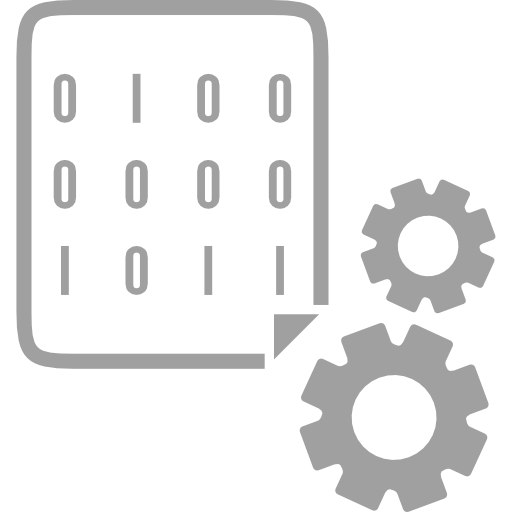Newsletter 16/10/2023

This machine has a website with an API that is vulnerable to second-order SQLi. Then, there is an authentication mechanism that just requires the password hash, so we can take a hash from the dumped database and log in as an administrator. Then, there is a vulnerability involving PHP and ImageMagick that leads to RCE. Once in the machine, we can pivot to user greg by analyzing a Git repository and finding plaintext credentials. After that, we are allowed to run a custom binary that hashes a given length of a file and compares the result with a set of pre-computed MD5 hashes. This binary has a capability that allows to read files as root, which can be used to extract all the contents of any file after automating the process, which allows to read an SSH private key for root

Key written in a binary. Bypassing with GDB

Flask. Server-Side Template Injection. RCE

Node.js. JWT. Prototype Pollution

RSA. Euler totient function

RSA. Quaternions. GCD

Directory Traversal. Symbolic links. File descriptors

64-bit binary. Buffer Overflow. ROP

pickle. RSA. CBC mode

Shamir Secret Sharing. Lagrange interpolation. Chinese Remainder Theorem. multiprocessing

Padding Oracle Attack. Custom padding. Guessing